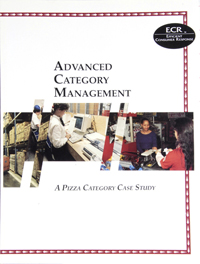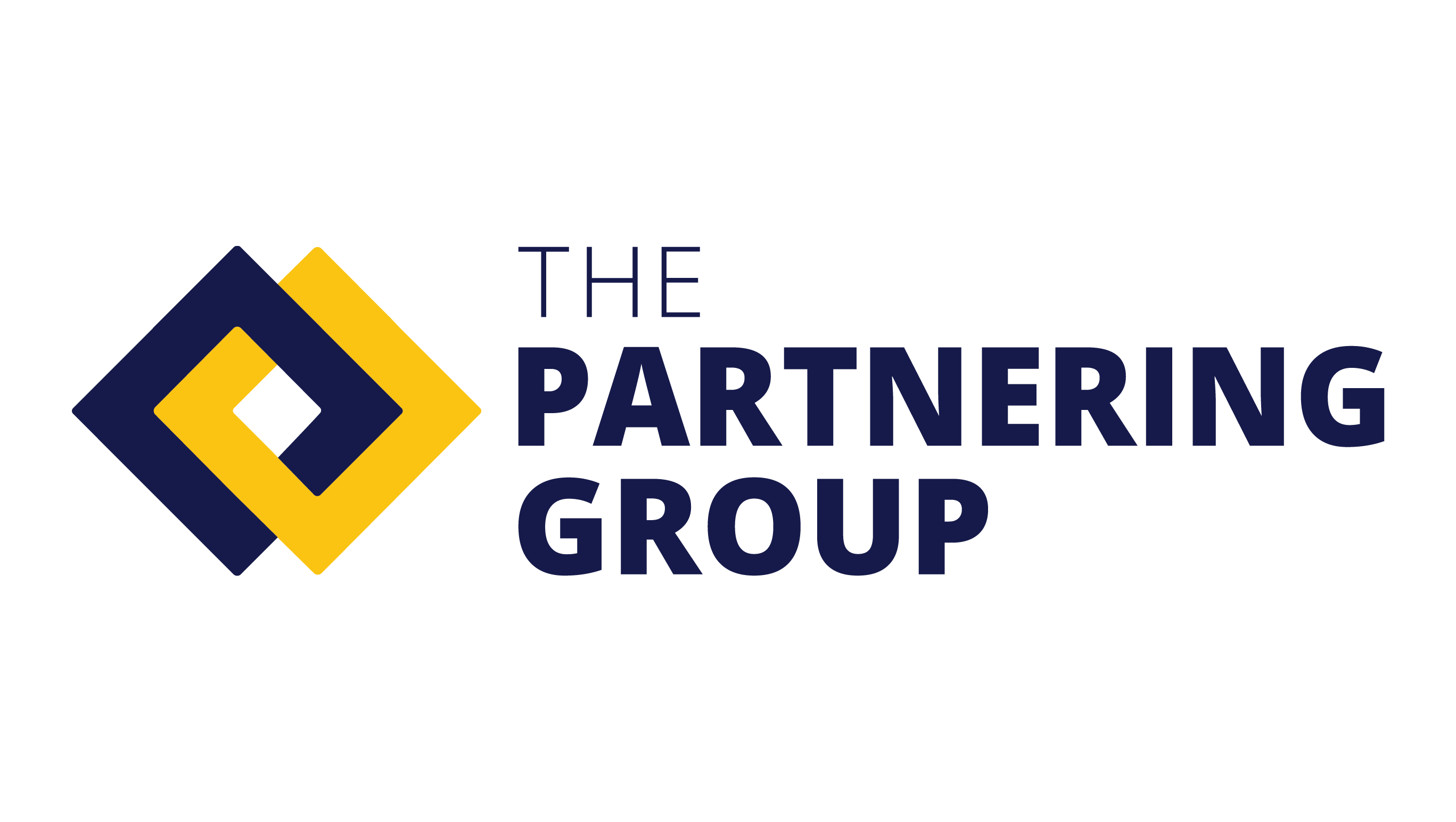- January 4, 2012
- Posted by: tpgstaging
- Category: reports

Price: Complementary
[button size=”medium” color=”black” link=”/order-now-free-publications/”]Order Now[/button]
 This Advanced Category Management Report – A Pizza Category Case Study was developed by the Category Management Process Improvement Group and The Partnering Group working with leading retailers and manufacturers in North America and was sponsored by the Efficient Consumer Response Committee.
This Advanced Category Management Report – A Pizza Category Case Study was developed by the Category Management Process Improvement Group and The Partnering Group working with leading retailers and manufacturers in North America and was sponsored by the Efficient Consumer Response Committee.
This report shows how to create an advanced, consumer-oriented category business plan. It provides insights to suppliers and distributors regarding their organizational capability to create such a plan through a real life example of advanced category management planning. The reader will come away with an understanding of the steps taken, information gathered and benefits accrued from the development of a collaborative management business plan.
A narrative format was used to convey the human interactions within the category management process. Therefore, this report is designed to allow you to become an observer in an advanced category management plan being developed by a joint supplier/distributor team. The narrative allows you to see the issues, concepts and challenges from the perspective of both the distributor and its supplier trading partner. This real world example shows the struggles and benefits of practicing advanced category management.
The case study follows two companies – a supplier and a distributor – through the advanced category management planning process. The distributor is Fresh Foods, a company headquartered in Chicago that owns 350 retail outlets and operates two stores types – a grocery/drug combo and a “corner market.” Shearen Frozen, Inc., the suppler highlighted in the case study works out of Milwaukee and supplies several food categories, including frozen snacks, frozen entrees/dinners, and frozen pizza. Its corporate revenues totaled $8.4 billion in 1997. Through a detailed and exacting team effort, the category of prepared pizza was scrutinized. New goals and strategies
emerged.
The category management process encourages a broad perspective of the total system and a break from current paradigms. Each step in the development of a category management plan focuses on enhancing consumer value and thereby increasing the sales and profits of the distributor and supplier. It is fundamentally a data-driven, fact-based, analysis-intensive process. Advanced category management builds on the techniques used in category management yet aims to uncover additional opportunities where product supply strategies and tactics could be used effectively to cut costs.
To gain the most benefit from the case study it is crucial to understand fully the process of advanced category management. To facilitate this, an in-depth summary of advanced category management is provided in the first chapter. Advanced category management is necessary to be successful in today’s market because of a changing consumer profile, competitive pressures, retail industry consolidation, economic considerations (including low inflation) and changing technologies that affect the industry.
At the heart of a company’s effort to advance its category management efforts are the following questions:
– How can an organization more effectively maximize multifunctional resources (at the headquarters and in the field) in a collaborative manner?
– How can an organization create synergies across departments to enhance both consumer value and business results?
– How can the organization and its trading partners gain greater focus on the consumer through collaboration and sharing?
– How do companies use activity based costing to better manage costs and limited assets?
These questions – and others – are addressed by representatives of Fresh Foods and Shearen Frozen, Inc. Together, the group worked through the eight-step category management approach described in the seminal ECR Category Management Report. Yet, the close association between supplier and distributor pushed the results to a higher
level. A clear benefit of this relationship is that it helps ensure that the marketing and product supply strategies are complementary and interwoven. And both sides assist in the implementation of the plan.
Additional resources are brought to the planning process. In the typical category management process, team members have the role and responsibilities of coordination and facilitation; distribution/category/local market expertise; data and analytical expertise; consumer research expertise; product supply expertise, and retail operations expertise. To be considered advanced category management, the added resources include marketing expertise, financial expertise and information technology expertise.
Only a full reading of the case study will take the reader through the process. It is interesting to note some of the insights gathered by the Fresh Foods/Shearen Frozen collaboration about the specific category studied – frozen pizza.
To obtain a copy of the full report or learn more, contact The Partnering Group email at generalinfo@tpg-mail.com.
